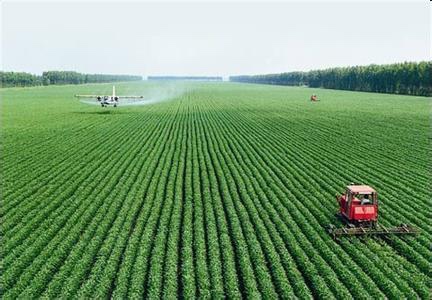Since CPEC has cruised into the second phase of promising deeper Pak-China cooperation especially in food and agriculture sector, Punjab Budget 2021-22 has come up with a whopping allocation of over 300 percent in the agriculture development projects.
The highest budgetary acceleration in the agriculture domain is reflective of government vision and direction. Punjab government with an estimated total outlay of Rs 2.653 trillion approved the budget tabled by Punjab Finance Minister Hashim Jawan Bakht. Punjab Cabinet already greenlighted budget 2021-22.
Under the motivational vibes of Pak-China agriculture cooperation, the government has set aside more than Rs 31 billion in budget 2021-22 for the agriculture transformation programs with targets on fostering intercropping technology, modern machinery, synthetic fertilizers, food storage, processing zones, capacity development of agriculture scientists and drone technology.
As per the budget document, the government has also allocated Rs 5 billion for livestock and dairy development projects and Rs 5 billion for the improvement of watercourses.
It seems to be part of troika cooperation among the Punjab agriculture department, Ministry of food security, and China on boosting up agri-based initiatives under CPEC second phase. The State Bank of Pakistan, in a report, said the CPEC long-term plan envisages significant development of the agriculture sector of Pakistan – an often-overlooked area amidst the developments being made in the energy, infrastructure, and industrial sectors of the country.
The CPEC Authority is also fully focusing on the second phase of economic cooperation between China and Pakistan after the successful completion of the first phase of CPEC.
The agri developments hold the potential not only to boost the agriculture output of the country but also to narrow the trade imbalance between China and Pakistan by expanding food exports to the former. There are 10 agro-ecological zones in the country where as many as 20 types of value-added agricultural commodities can be produced, according to the Pakistan Institute of Development Economics.
















